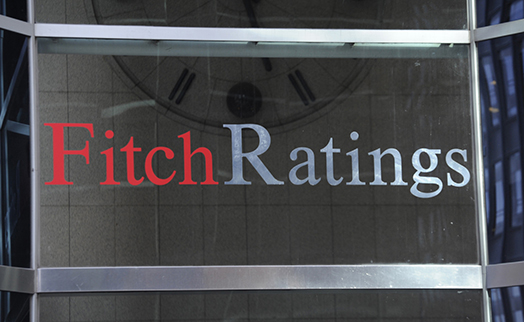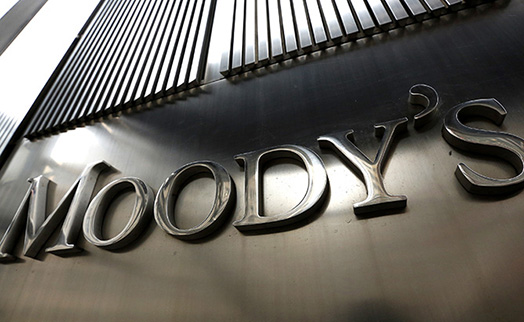01.09.2011 20:37

YEREVAN, September 1. /ARKA/. International rating agency Fitch Ratings approved long-term rating of default issuer of Armenia on the level of BB-, the forecast “stable”, press-release of Fitch Ratings states.
According to the director of Fitch’s sovereign rating department Charles Seville, the affirmation of Armenia's ratings reflects the fact that the authorities are reducing fiscal and external imbalances in line with their IMF-backed economic policy program.
"However, the economy is vulnerable to external shocks. Government debt and gross external debt are materially higher than they were before the 2008-2009 crisis", he said.
The information states that Fitch expects the government to reduce the fiscal deficit to 3.9% of GDP in 2011 taking into account that in 2010 the government narrowed the deficit to 5% of GDP in 2010.
Consolidation plans rely on a mixture of restraining spending and increasing tax collection - a perennial challenge. The government is targeting further reduction to 3.2% of GDP in 2012, an election year.
The current account deficit (CAD) has narrowed in 2010-2011, driven by a revival in exports. This trend is expected to continue in 2012-2013.
Fitch considers that a forecast deficit of 12% of GDP in 2011 will be financed by external borrowing and FDI of around 6% of GDP.
External debt repayments will rise in 2012-2013 but remain low compared with the 'BB' median.
Fitch forecasts real GDP growth of 4%-5% in 2011-2013, close to medium-term potential growth.
Economic activity expanded by an average 5% in January-July 2011, driven by industry, agriculture and services, as well as higher commodity exports and remittance inflows. The government is seeking to improve the business environment and rebalance the economy towards productive and export-generating activities.
Analysts consider that growth at this level is sufficient to stabilize general government debt at around 40% of GDP, barring further fiscal or exchange rate shocks.
“However, as almost 90% of government debt is foreign-currency denominated, the solvency ratio is unusually sensitive to exchange rate movements”, states the message.
The Central Bank of Armenia's (CBA) recent interest rate hikes have reduced pressure on the exchange rate and helped bring down inflation in August to 4.8%, within its target range, the upper limit of which is 5.5%. The CBA is reducing dollarisation and strengthening the role of the dram. Dram depreciation would aid competitiveness and external adjustment but remains a risk to the external balance sheet and inflation.
Pressure on reserves or the dram - following a global slowdown or shock to Russian growth - would weaken the external balance sheet and could lead to negative rating action. Armenia's ability to absorb further external shocks has been weakened by the crisis, which pushed up government debt to 40% of GDP (in line with the 'BB' median) and GXD.
In the rating agency consider that external and internal political tensions, including those associated with Karabakh issue can also lead to a negative rating.
If Armenia follows through with fiscal reforms and narrow the twin deficits sustainably, this would put upward pressure on the ratings. A sustained reduction in dollarisation would also be positive.—0--
Read the news first and discuss them in our Telegram
Tags:



























